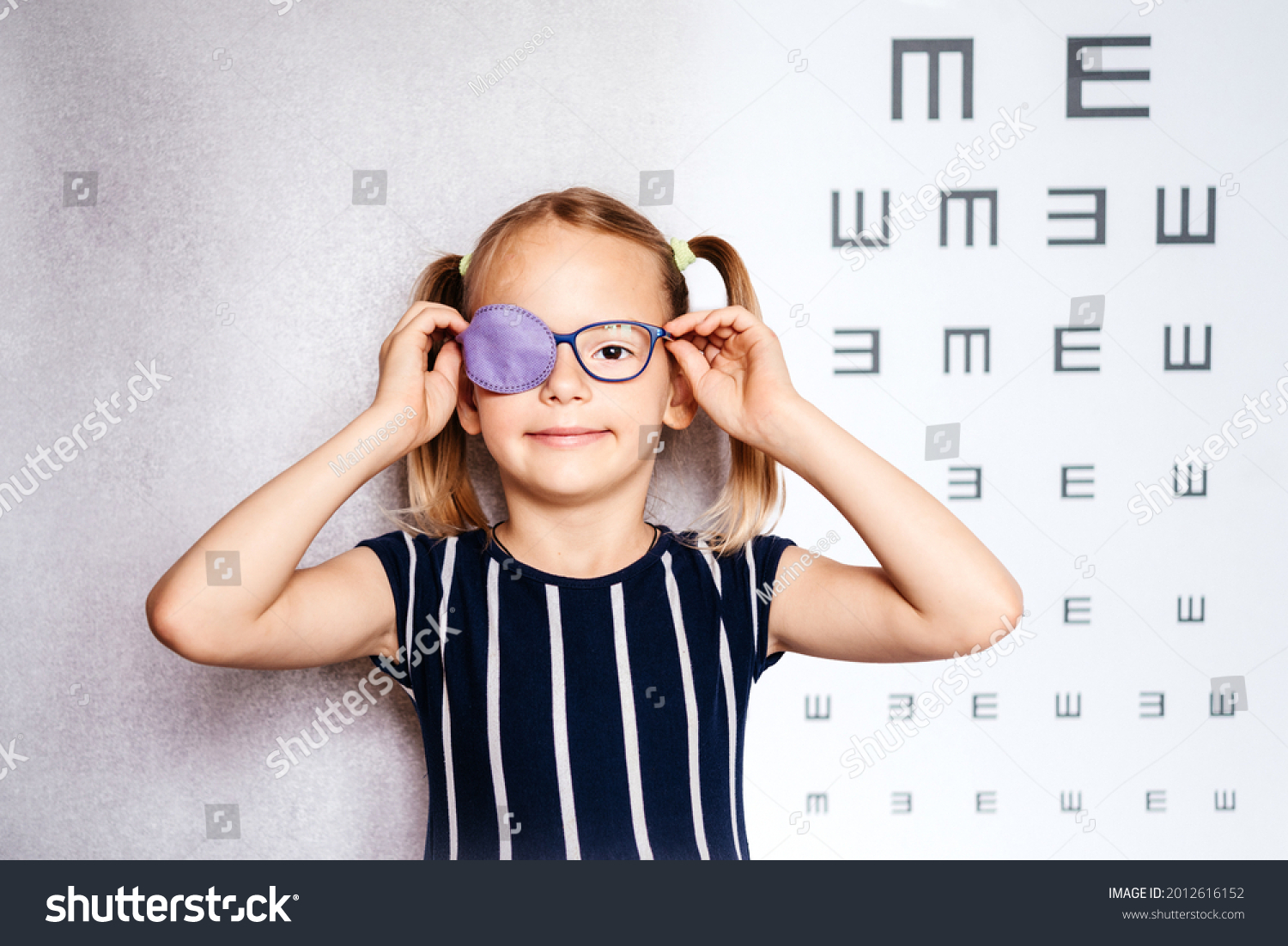What is amblyopia (lazy eye)?
Amblyopia, commonly known as “lazy eye,” is a condition where one eye doesn’t develop normal vision. It’s called “lazy eye” because the brain starts to rely more on the stronger eye and ignores the weaker one, making the weaker eye seem as though it’s not trying or “lazy.” However, the problem isn’t with the eye itself—it’s with how the brain and eye work together. It is an eye problem that starts in early childhood. Amblyopia is the most common cause of vision problems in children.
Amblyopia usually affects only one of the eyes. Sometimes it can affect both. It is important to detect amblyopia in your child early and treat it promptly. If you do, they most likely will not have long-term vision problems. Left untreated, it can cause severe vision problems, including legal blindness.
What are the symptoms of amblyopia?
Amblyopia usually starts between birth and age 7. Symptoms in your child could include:
- Poor vision in one eye
- Squinting or shutting one eye
- Poor depth perception
- Eyes that don't appear to work together
- Head tilting
- An upper eyelid that droops
Young children may not notice or express vision problems, so regular eye exams are important.
What causes amblyopia?
All babies are born with poor eyesight. As they grow older, their vision continues to improve. For good eyesight, both eyes need to provide the same clear, focused image. Some children develop conditions that cause problems with their vision. These problems can cause the child to get a different picture from each eye. The child’s brain naturally tries to fix this problem by blocking out the weaker picture. If the problem is not fixed when the child is young, the child’s brain will always ignore pictures from the weak eye. This causes amblyopia.
Any condition that prevents the eye from focusing clearly can cause amblyopia. The most common conditions are:
- Strabismus (also called crossed eyes) – The eyes don’t line up in the same direction. This is the most common cause of amblyopia.
- Refractive error –This includes nearsightedness, farsightedness, and astigmatism. It is more likely to cause amblyopia if the error is greater in one eye.
- Cataracts or other eye blockage – These cause clouding in the lens of the eye. Cataracts in children are uncommon.
- Eye injury
Some children have a higher risk of having amblyopia. These include children who:
- Were born prematurely
- Were small at birth
- Have a family history of amblyopia
- Have developmental disabilities
How is amblyopia diagnosed?
If you notice any of the above symptoms in your child, even when they are an infant, call your doctor. They will do an eye exam. They will ask about symptoms, family history, and risk factors.
Otherwise, children should have an initial eye checkup between the ages of 3 and 5.
Can amblyopia be prevented or avoided?
- Schedule early vision screenings: first around age 1, then again before age 5
- Correct vision issues early, such as using glasses or treating cataracts
- Pay attention to signs of eye misalignment
Amblyopia cannot be prevented. But vision loss resulting from it can be avoided. Watch your child’s vision habits. If you have any concerns, call your doctor. When amblyopia is caught and treated early, children should be able to keep most of their vision. If it is left untreated past the age of 10, they will probably have vision problems for the rest of their life. Early detection is the key to preventing vision loss.
Risk Factors
- Family history of amblyopia or eye disorders
- Premature birth or low birth weight
- Developmental delays
- Existing eye conditions like cataracts or strabismus
Amblyopia treatment
- Corrective lenses: Glasses or contacts to fix focusing problems
- Patching: Covering the stronger eye to force the weaker eye to work harder
- Eye drops: Medication (like atropine) in the stronger eye to blur vision and encourage use of the weaker eye
- Surgery: To correct muscle imbalances or remove blockages
Treatment for amblyopia involves the child using the weaker eye more. This helps the eye get stronger. To make the child use the weaker eye, they will wear an adhesive patch over the stronger eye. Most children wear their patches 2 to 6 hours a day. Treatment works best when started early in childhood but can still help older children and adults.
Sometimes, eye drops or special glasses are used to blur the vision in the stronger eye. This also makes the weaker eye work harder and strengthens it. Glasses or contact lenses can fix problems with nearsightedness or farsightedness. Surgery may be needed for cataracts, droopy eyelids, or crossed eyes.
Treatment usually lasts until vision is normal, or until vision stops getting better. For most children, this takes several weeks to several months. A few children need to use eye patches until they are 8 to 10 years old.
There’s a small chance that using an eye patch for too long can hurt the strong eye. Children who are wearing eye patches should see their doctor often during the treatment.
Why is early treatment important?
The first years of life are the most important for eyesight development. During a child’s first 7 to 10 years, connections between the eye and brain are created. It is much more effective to treat amblyopia while those connections are still maturing. After your child’s vision system is fully developed, it is hard to change. If the amblyopia hasn’t been treated, they will most likely have poor vision for life. It won’t be possible to fix it with glasses, patching, or any other treatment.
One clinical trial showed that there could be benefits for treating children up to age 17. More research is needed on how treatment could help teenagers or adults.
Living with amblyopia
Depending on your child’s age, it could be difficult for them to wear an eye patch. If a patch bothers your child, ask your doctor if you have other options. Glasses or eye drops might be a better choice for your child.
Amblyopia can come back after treatment is finished. It’s important to continue to watch your child for symptoms. If symptoms do come back, treatment will need to be repeated. Some children’s treatment lasts until they are 10 years old.
With early treatment, most children recover strong vision. However, untreated amblyopia can cause lifelong problems with vision and depth perception. It can also affect a child’s confidence, especially if the condition causes visible eye misalignment or the need to wear an eye patch or glasses. Reassurance, support, and helping your child understand the importance of treatment can make a big difference. Follow-up care and eye exercises may be needed into adolescence or adulthood.
Questions to ask your doctor
- How can I tell if my child has amblyopia?
- At what age should my child get a vision screening?
- What are the treatment options?
- What is the best way to treat amblyopia?
- How long will treatment take?
- Will my child always have vision problems?
- Will this affect my child’s ability to do schoolwork or play sports?
- Are there any long-term problems from amblyopia?
- Will my child need glasses or contacts?
- My child needs to wear an eye patch. How long will they wear it?
- My child doesn’t like the eye patch. Are they a candidate for the eye drops?
ADVERTISEMENT
ADVERTISEMENT




